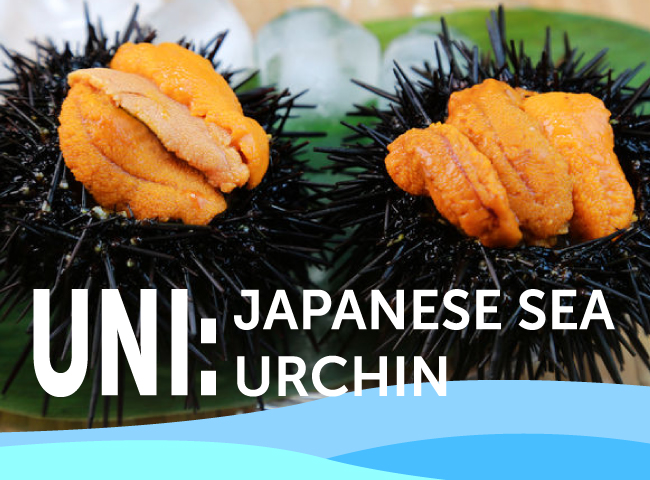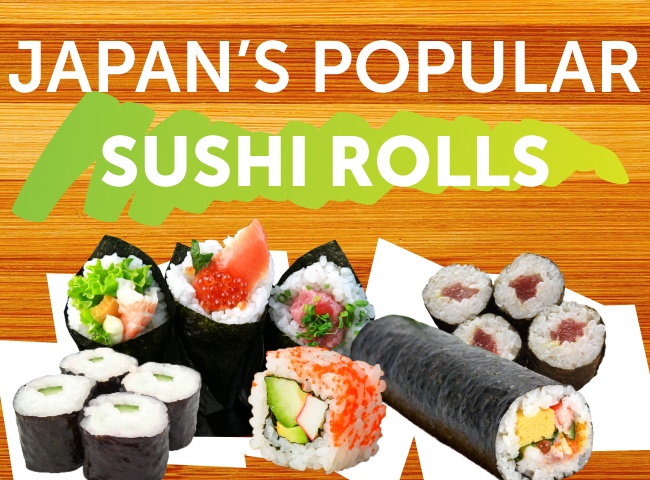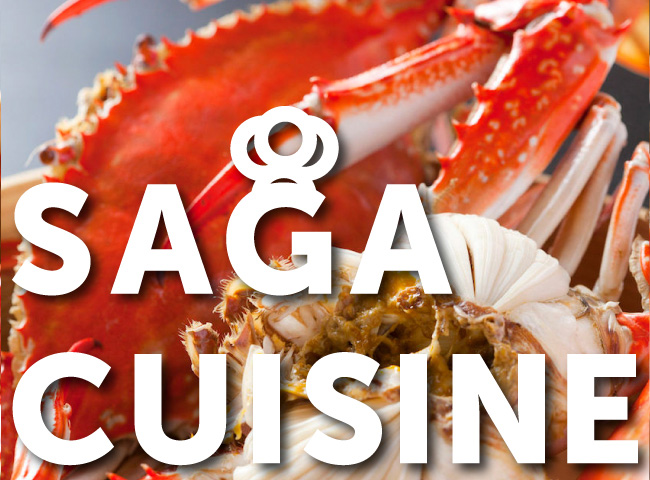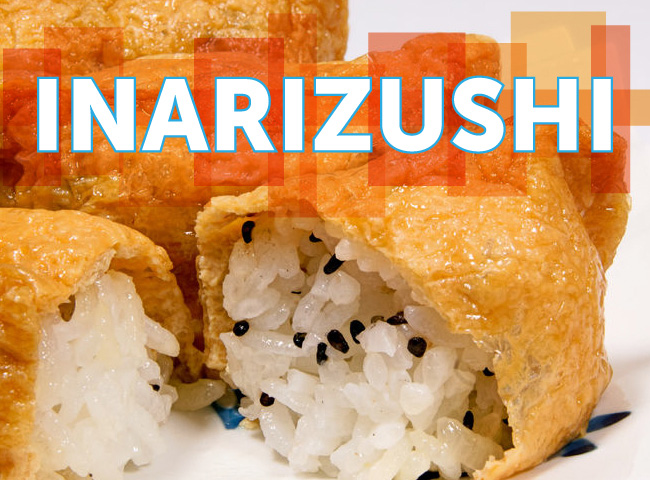14 Popular Japanese Fish Recipes, From Sushi to Buri Daikon


As an island nation, it should come as no surprise that fish, seafood, and marine products are an essential part of the Japanese diet. Seafood has been consumed in Japan for more than 3,000 years, and the country consumes more than 50kg of fish per capita annually. Read on to learn about some of the most popular fish dishes in Japan.
14 Japanese Fish Dishes to Try
Sushi
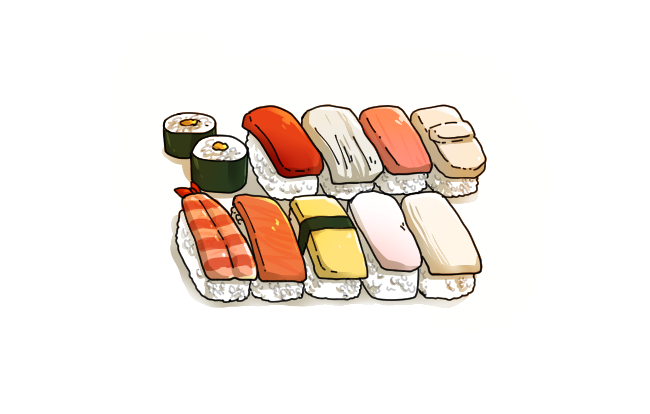
When it comes to Japanese fish dishes, one would be amiss not to mention sushi, the most quintessential of all Japanese fish dishes. Sushi was invented around the 8th century as a way of preserving fish by storing it in fermented rice. Over time, freshly cooked rice rather than fermented rice came to be used, lightly seasoned and eaten with fresh fish rather than preserved fish. Today, sushi comes in various styles, all with different shapes, from nigiri sushi (raw fish on a log of pressed sushi rice) to makizushi (sushi rolls), gunkan maki (battleship sushi), temari zushi (petite sushi balls), and temaki zushi (hand rolls).
Read: Types of Japanese Sushi
Sashimi
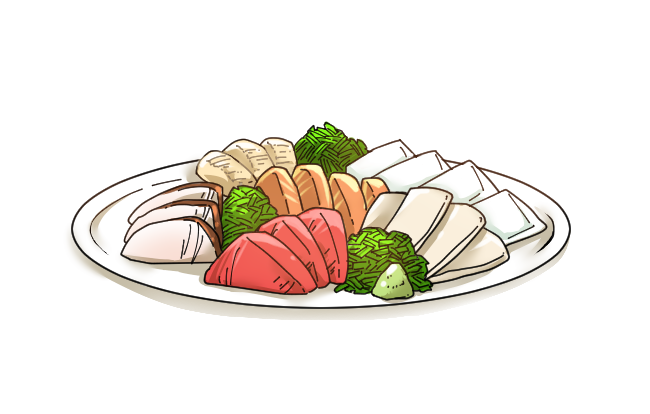
Sashimi, or raw fish, has been eaten in Japan since around 500 BCE and is one of the most popular ways to enjoy fresh fish in Japan. The fish is sliced, arranged elegantly on a platter, and served with soy sauce and condiments like fresh wasabi, grated ginger, and shredded daikon radish.
Buri Daikon
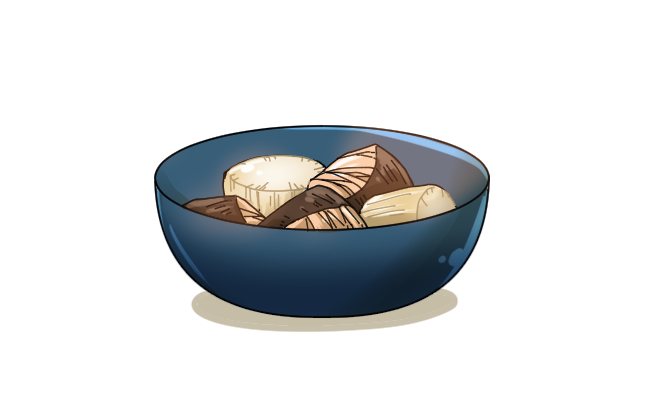
Buri daikon is a “nimono”, or “simmered” dish of wild yellowtail cooked together with daikon radish. It originated in Toyama prefecture, located on the Sea of Japan, which is the best place to catch fresh yellowtail in the wintertime. Buri daikon is a popular Japanese fish dish eaten during winter, and is enjoyed widely across the country.
Read: Nimono - Japan’s Flavorful Braised Dishes
Shioyaki Sakana

Shioyaki, also known as “shioyakizakana”, is a dish of charcoal-grilled fish seasoned with salt that often features as the centerpiece in Japanese meals. Popular fish choices include saba (mackerel), tai (sea bream), sanma (Pacific saury), and salmon. The grilled fish is typically served accompanied by steamed rice, soup, and pickles or vegetable dishes.
Read: The Essential Guide to Japanese Grills & Grilled Food
Katsuo-no-Tataki
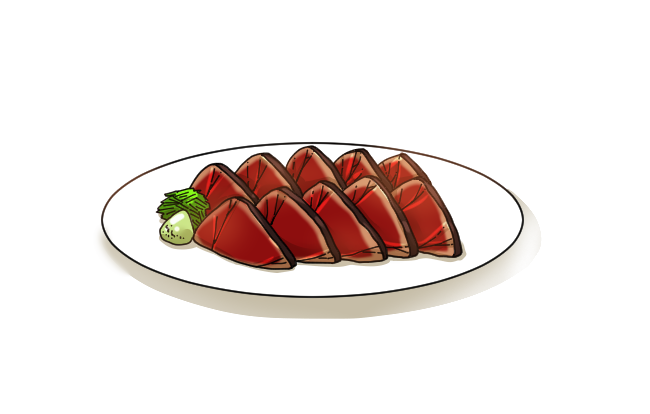
Katsuo-no-tataki is a dish from Kochi prefecture, located on the small island of Shikoku facing the Pacific Ocean. The area is famous for its katsuo, also known as bonito or skipjack tuna, which is wrapped in straw and briefly seared until the exterior is broiled but the center is still rare. The fish is sliced and typically served with ponzu (a citrusy soy sauce) as well as condiments like freshly grated ginger, myoga (Japanese native ginger), green onion, wasabi, garlic chips, and sea salt.
Sanma-no-Nitsuke

Sanma-no-nitsuke is a popular Japanese fish recipe for autumn. It comprises Pacific saury or mackerel pike braised in soy sauce, sake, soy sauce, sugar, and ginger with daikon radish. It’s caught during the fall season in northeastern Japan, after feeding and getting fat off the coast of Hokkaido. Sanma fish has a somewhat strong and oily taste that pairs well with the strongly flavored simmering sauce to make a rich, umami-packed dish. The preparation is so simple, however, that it’s one of the most common home-cooked foods in Japan.
Miso-zuke Salmon

Miso-zuke salmon features salmon that has been marinated in miso (fermented bean paste) and then grilled. The umami flavor of the miso combines with the healthy fats of the salmon for an incredibly flavorful dish. Lighter varieties of miso, such as saikyo miso from Kyoto, is recommended for its natural sweetness that pairs well with fish. Salmon can also be marinated in shio-koji (salty fermented rice), sake kasu (sake lees), and mirin (sweet rice wine) for similarly flavorful dishes.
Nanban-zuke
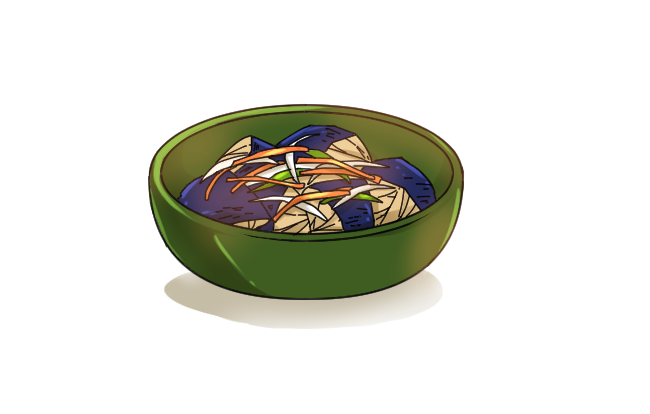
Nanban dishes are a style of Japanese fish cuisine from Miyazaki, located in Kyushu prefecture, featuring foods marinated in pungent vinegar-based sauces. Fish such as smelt, sardines, or aji (horse mackerel) are marinated in nanban sauce, then coated in flour and fried, then served in remaining nanban sauce. The result is a slightly tart yet extremely flavorful dish called “nanban-zuke”.
Aji Furai
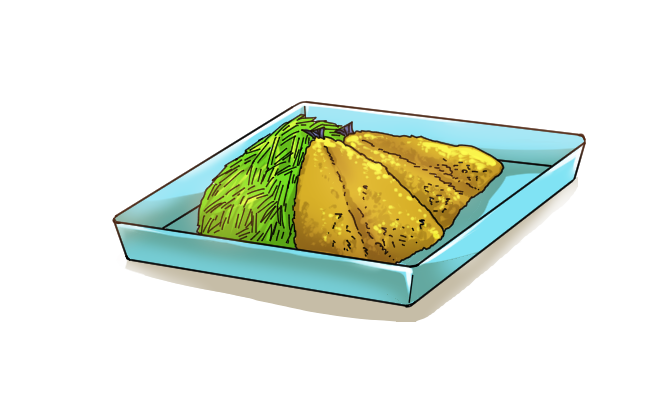
Aji-furai (aji fry) is a fish dish similar to tonkatsu (pork cutlet) or chicken katsu (chicken cutlet). It’s made by coating butterflied aji (horse mackerel) fish in panko breadcrumbs and deep-frying. Aji-furai is usually eaten with raw shredded cabbage and tonkatsu sauce, a type of dark and fruity worcestershire-based sauce.
Shirasu Donburi
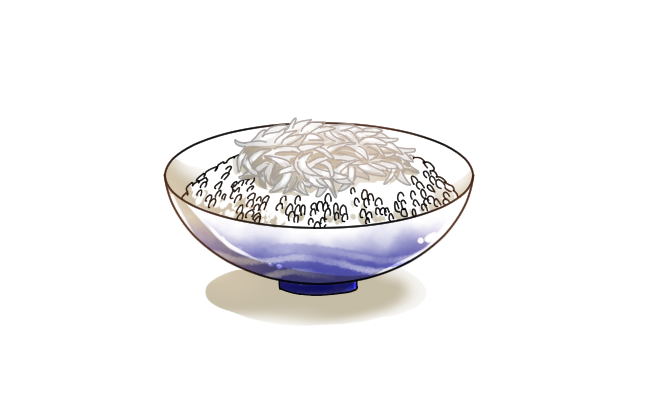
Shirasu, sometimes called “whitebait”, are the tiny sardines and anchovies caught from the spring to the fall, which are used as a popular topping in Japan. One such dish, called “shirasu donburi” (shirasu rice bowl) or “nama shirasu donburi” (raw shirasu rice bowl) features raw or cooked shirasu fish eaten over rice. Autumn is the best time for eating shirasu as they grow fat in preparation for the winter.
Read: 9 Popular Types of Donburi (Japanese Rice Bowls)
Tecchiri (Fugu Nabe)
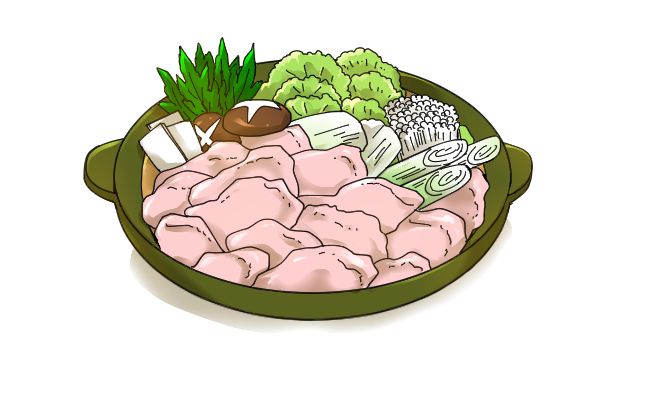
Tecchiri is the name of a Japanese hot pot dish from Yamaguchi prefecture made with fugu, the extra-poisonous pufferfish. Tecchiri gets its name from the onomatopoeia of the fish simmering in the water, as the thinly sliced fugu meat is believed to make a “chiri, chiri” sound as it shrinks while cooking. The meat and skin of the fish are simmered together with vegetables in a simple broth until the soup takes on the flavor of the fish, and rice and beaten egg can be added to the hot pot at the end of the meal to make a fugu-flavored porridge.
Namerou
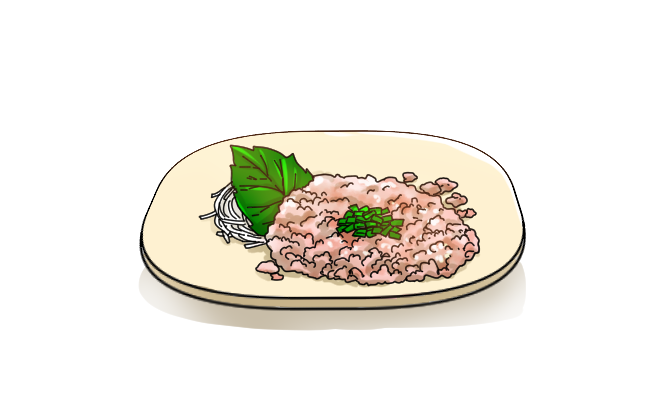
Namerou is a Japanese fish recipe from Chiba prefecture in the eastern Kanto region of Japan. It’s made by mixing roughly chopped fish together with condiments like freshly grated ginger, green onion, shiso (perilla herb), miso, and vinegar. The dish originated as a meal fishermen would eat directly on their boats, made freshly with the catch of the day.
Himono
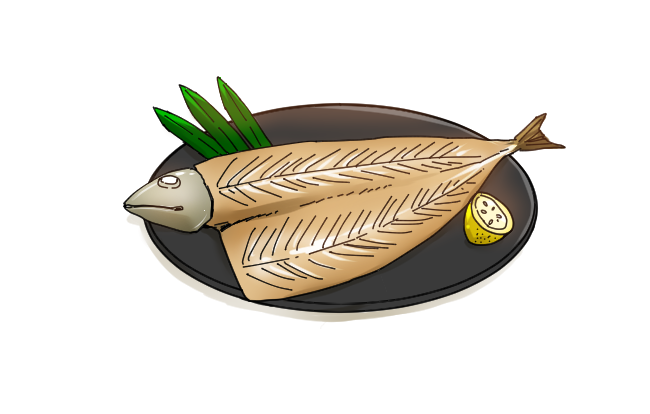
Himono, or dried fish, is another traditional culinary staple of Japan. Even before Japanese people started eating raw fish, they had been sun-drying fish as a preservation method for hundreds of years. The fish is butterflied, salted, and dried on racks and the dried fish can also be additionally seasoned and grilled before eating.
Kabuto-yaki

Japan has long had a culture of "mottainai", meaning to "waste not". In regards to food, this means using all parts of an animal. For example, in Japanese yakitori cuisine, it's common to eat the heart, intestines, and other parts of a chicken not often eaten in many Western countries. In Japanese fish cuisine, it means the entrails, bones, reproductive organs and even the head may be eaten. When eating the the head of a fish, it is typically cooked nimono-style, braised in a flavorful broth, or shioyaki-style, where it is salted and grilled. A Japanese dish of fish heads is referred to as "kabuto", the Japanese word for a kabuto helmet, part of the armor worn by samurai.
Japanese Fish Cuisine is Diverse and Delicious
Japan is one of the best countries in the world for eating fresh fish and seafood and offers many types of fish not available in other countries. Be sure to check out the wide variety of delicious fish dishes that Japan has to offer, and check out Gurunavi’s restaurant listings for the best guide for restaurants in Japan. Itadakimasu!



